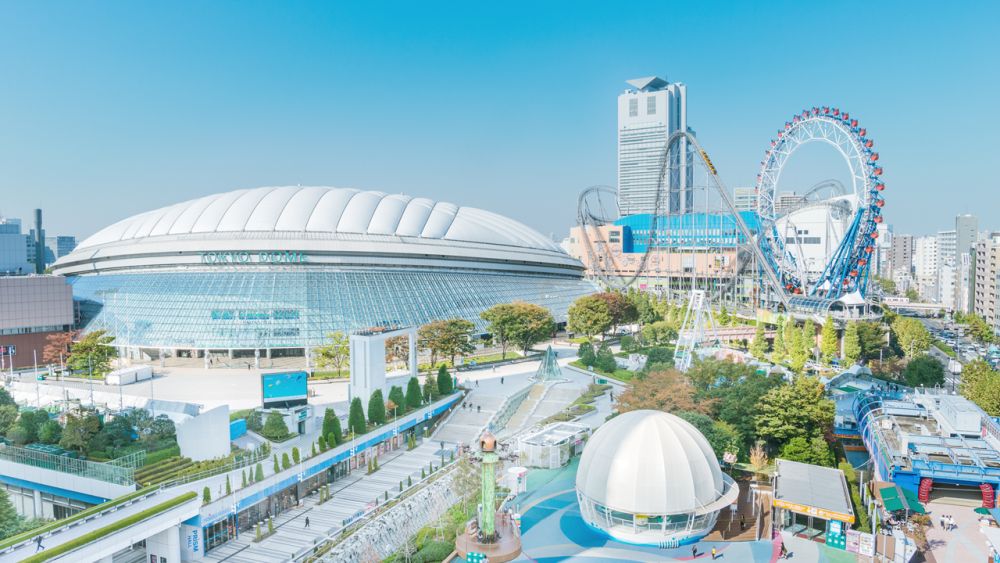

Tokyo Dome City, a premier entertainment complex in the heart of Tokyo, Japan, has been a magnet for tourists since its inception. Originally known as Big Egg City, this popular destination was developed alongside the construction of its centerpiece, the Tokyo Dome, which opened on March 17, 1988. The Dome itself was conceptualized as a state-of-the-art, all-weather sports stadium with a flexible, air-supported structure.
The complex has expanded over the years to include a diverse array of attractions, making it a year-round destination for both local and international visitors. The addition of an amusement park, known as Tokyo Dome City Attractions, with its roller coasters and thrill rides, has been a crucial draw. The development of the LaQua area brought a hot spring spa and shopping mall to the complex, further enhancing its appeal.
One of the key factors that have contributed to the success of Tokyo Dome City as a tourist destination is its convenient location at the center of Tokyo. It offers easy access to visitors through multiple modes of transportation. Additionally, its proximity to the Koishikawa Korakuen Garden provides a taste of traditional Japanese landscape design for those seeking a serene retreat from the city's bustle.
Over the years, Tokyo Dome City has also played a vital role in Japan's music scene, with the Tokyo Dome hosting countless concerts by both domestic and international artists. This has added to the cultural significance of the location, making it a hotspot for fans wanting to experience live performances in an iconic setting.
In response to the changing demands of tourists, Tokyo Dome City has continually adapted to new trends. The rise of pop-up experiences and themed cafés, for instance, has been reflected in temporary attractions catering to popular anime and video game franchises. Moreover, the emphasis on wellness and relaxation at facilities like LaQua has tapped into the global trend of health-conscious travel.
With Japan hosting the 2020 Olympics, a significant surge in tourism was expected prior to the global pandemic. Despite this, Tokyo Dome City and its enviraries adjusted by implementing safety protocols to ensure a secure environment for visitors.
Looking forward, Tokyo Dome City aims to become a symbol of sustainability, integrating eco-friendly practices and promoting green initiatives to cater to the rising eco-consciousness among travelers. This aligns with a broader tourism industry trend towards environmental responsibility.
In summary, Tokyo Dome City's history of tourism has been a dynamic journey of expansion and adaptation. What started as a futuristic stadium has now become a comprehensive urban entertainment galaxy, constantly evolving to meet the desires of visitors from across the globe.